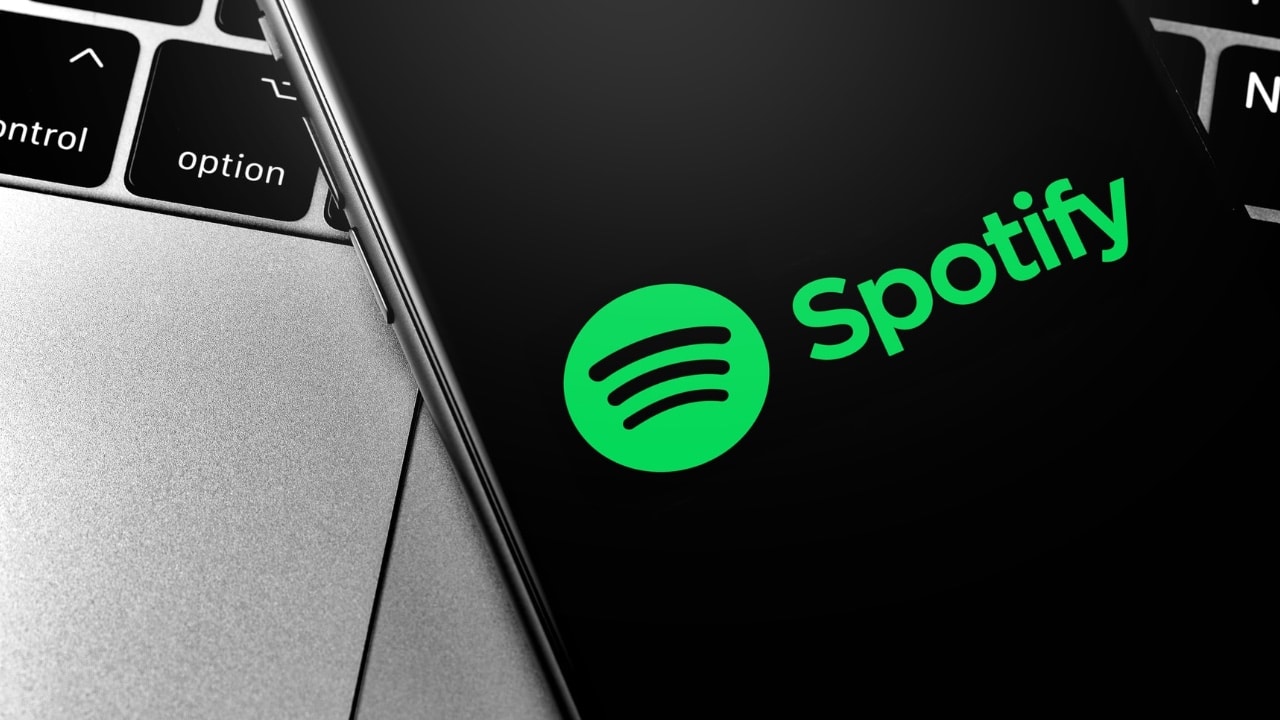Less than a year after the thunderous controversy between Spotify e Neil Youngthe popular streaming platform announced the acquisition of Kinzenan Irish company specializing in mitigating the risks of harmful content in online communities.
In reality, the two companies had already started a collaboration process in 2020, with the aim of detecting and eliminating content deemed dangerous. At the moment the economic details of the acquisition have not been disclosed
How will Kinzen help Spotify detect dangerous content?
Kinzen uses machine learning technologies to allow its artificial intelligence (AI) to recognize any harmful content for the community, such as fake news and hate speech. AI, combined with a physical staff made up of academics and journalists in the various languages of the world, will thus help detect content deemed inappropriate in the different languages of the world.
Sarah Hoyle, Head of Trust and Safety di Spotifycommented on the acquisition:
“The right combination of digital tools and expert opinion represents Kinzen’s true strength which we consider essential to identify and moderate dangerous content in various markets and on a large scale.”
On January 24, Spotify found itself at the center of a noisy controversy between Joe Rogan – host of one of the platform’s most popular podcasts – and the music legend Neil Young. The singer-songwriter had accused Rogan of spreading fake news, especially about vaccines, on his Spotify podcast. Following this, Young decided to withdraw his entire discography from the Spotify catalog. Here is how the artist had commented on the choice at the beginning of the year:
“They can have Rogan or Young. Not both. With an estimated 11 million listeners per episode, Joe Rogan Experience [il podcast di Joe Rogan, ndr], which is a Spotify exclusive product, is the most listened to podcast in the world and has huge influence. Spotify is responsible for mitigating the spread of fake news and disinformation on its platform, which to date does not include a policy against disinformation “.















Leave a Reply
View Comments